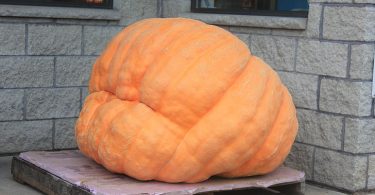ndoor palm plants are popular plants for sprucing up homes and offices. They bring a tropical environment indoors and shelter plants from outdoor cold temperatures where they couldn’t survive in colder climates. Caring for indoor palms is specific for each particular palm but isn’t difficult.
Although indoor palm plants do need some extra care and maintenance not needed by many other types of house plants, many indoor palm caretakers consider their indoor plants well worth any extra care they may need.
Identification and Size of Indoor Plants
Most of the popular indoor palms are those that grow extremely upright as space is limited when palms are grown indoors. Indoor palms have leaves known as fronds that are shaped as fans, feathers or triangles. While the fantail palm is fan shaped, the indoor palm known as the fishtail palm is triangular shaped, resembling a fish’s tail fin. The areca palm is feather shaped.
Advantages of Indoor Palm Trees
Indoor palms are plants that offer exotic beauty from their textured foliage. Besides filling up empty spaces with the beauty of the tropics, indoor palm plants have health benefits. Indoor palms are one of the best plants for purifying air. By adding moisture to air they furnish ideal oxygenation in helping to remove toxins to an office or home.
Types of Indoor Palm Trees
According to Jungle Music.net, the best indoor palms are Lady Palm, Kentia Palm and Bamboo Palm.
- Lady Palms are fan shaped, multi-stemmed and easy to grow when provide with good quality water. They have shiny large leaves with blunt tips.
- The Bamboo Palm is a tall plant with long arching leaves that grow upright in clusters. Its narrow rate of growth makes it ideal as an indoor palm.
- The Kentia Palm has drooping dark green fronds and grows slowly. Its exceptional tolerance and adaptability to indoor conditions make it an excellent house palm.
- The Bamboo Palm is a tall plant with long arching leaves that grow upright in clusters. Its narrow growth rate makes it ideal as an indoor palm.
Pests and Other Problems
Spider mites can be a problem with indoor plants due to warm temperatures and low humidity. Mealybugs and scale insects are other pests that bother palms.Too much iron in a fertilizer can cause spotting on foliage and leaf tips to turn brown and then die. Leaf browning, which is caused by insufficient water or dry air, is another common indoor palm problem.
Indoor Palm Tree Considerations
Indoor palm plants need to have salt rinsed from their soil. Rinse a house plant palm about every three to four months. Soil should be allowed enough time to dry out completely before watering the palm again.Although palm trees require bright light, the light shouldn’t be direct as this can cause burning of a palm tree. They shouldn’t be positioned in front of sunny windows.
Indoor Plant Cautions
Pet owners shouldn’t have the Fishtail palm as an indoor plant as has toxic parts with the roots which are especially poisonous.Indoor palms need soil to be moist, but not soggy and shouldn’t be overly watered or under watered. They need less water in winter and more moisture during the growing season.
Resources:
gardener-pro-ok (date accessed 1/03/2012)
Indoor Palm Trees: Indoor Palm Trees (date accessed 5/5/2010)
Jungle Music: Palms as House Plants (date accessed 5/5/2010).






